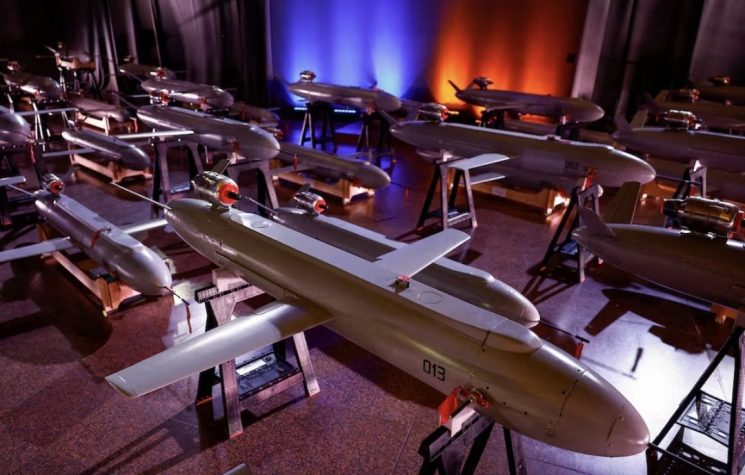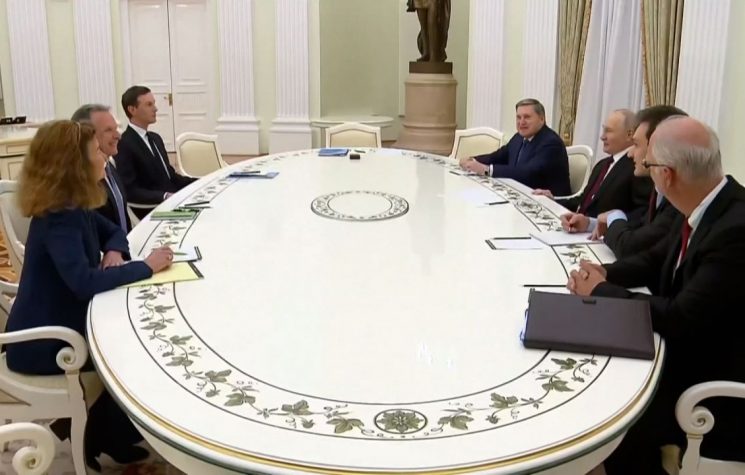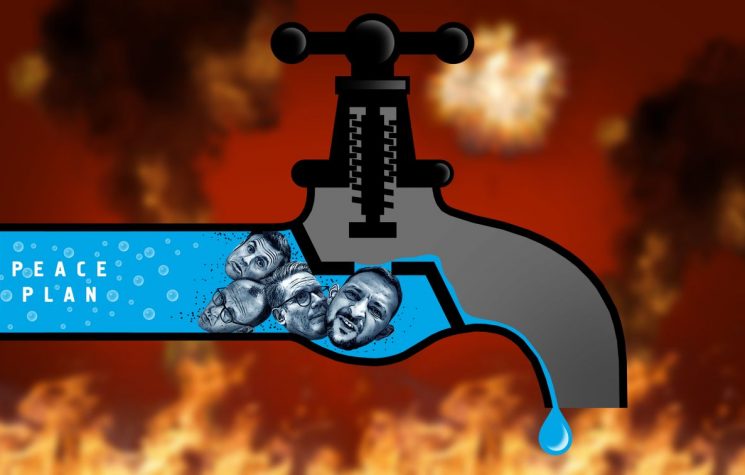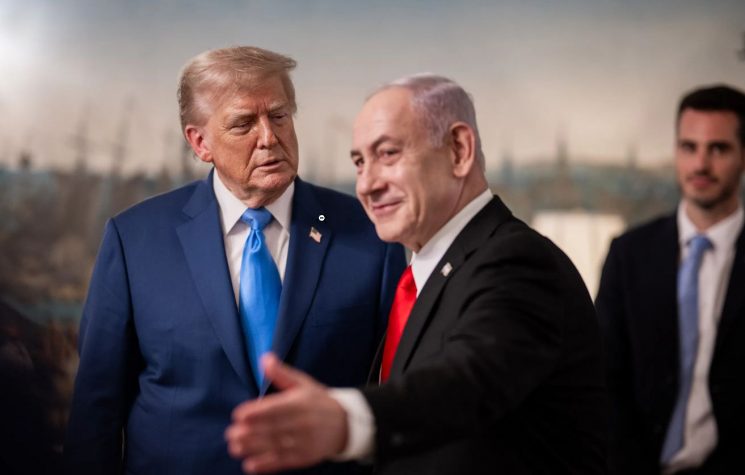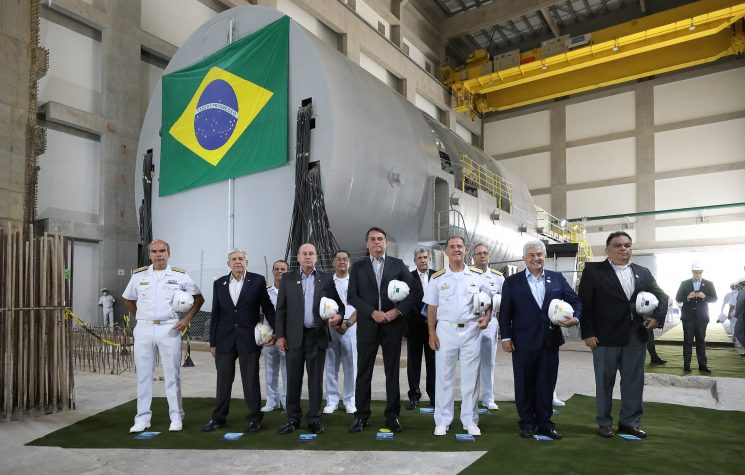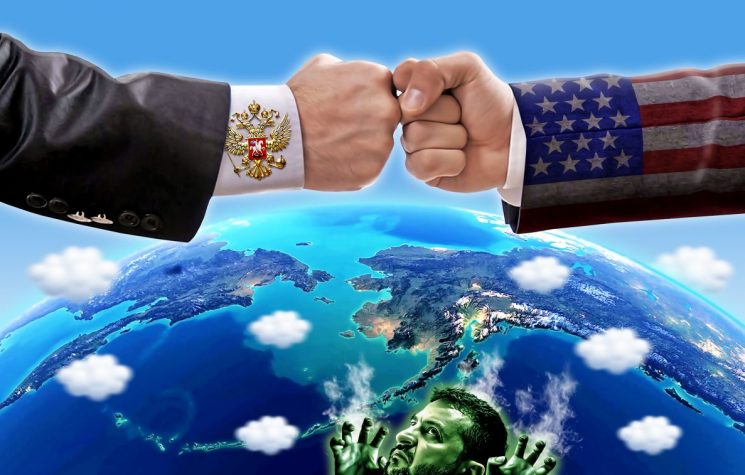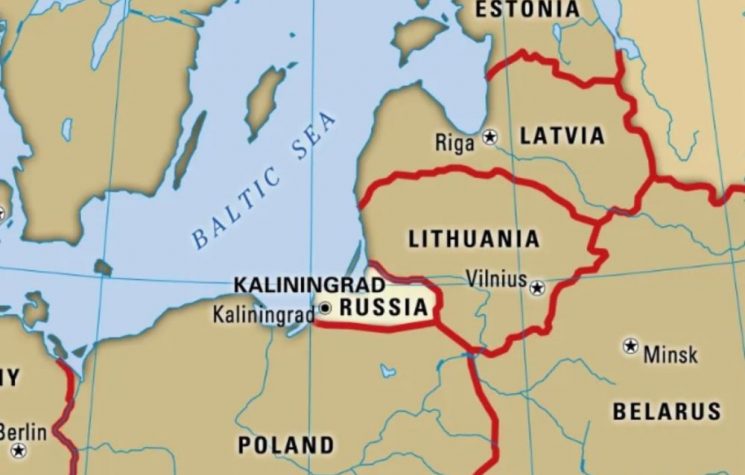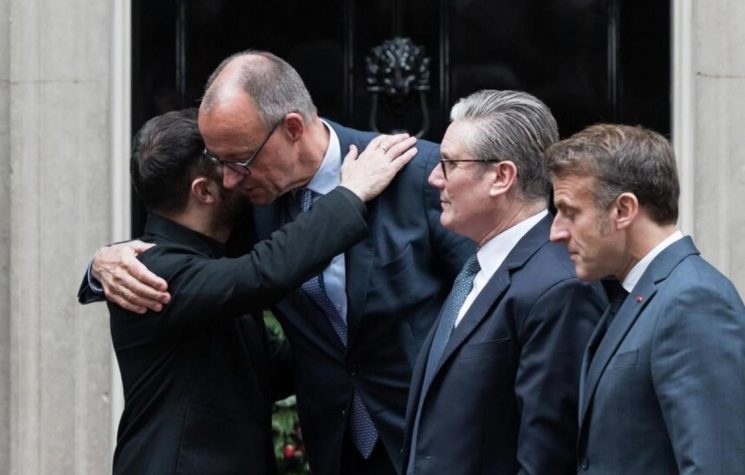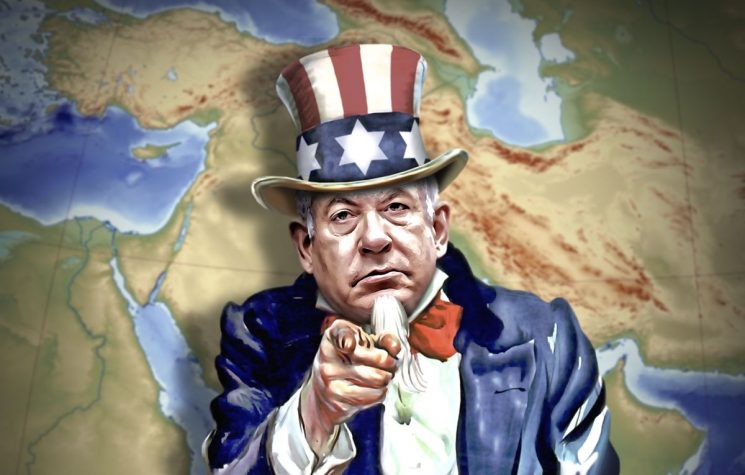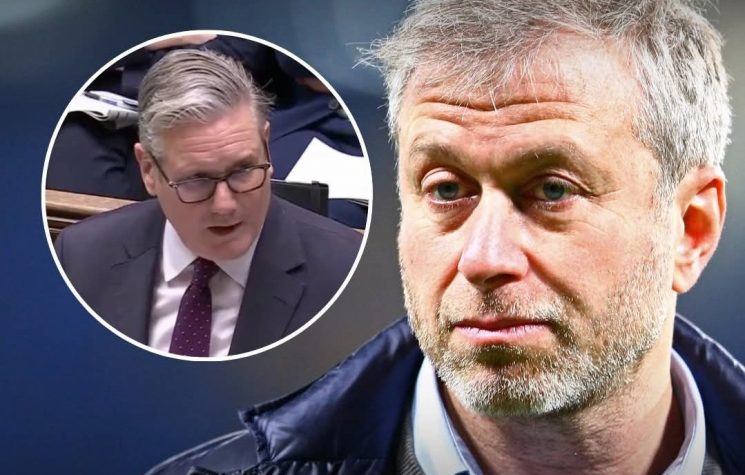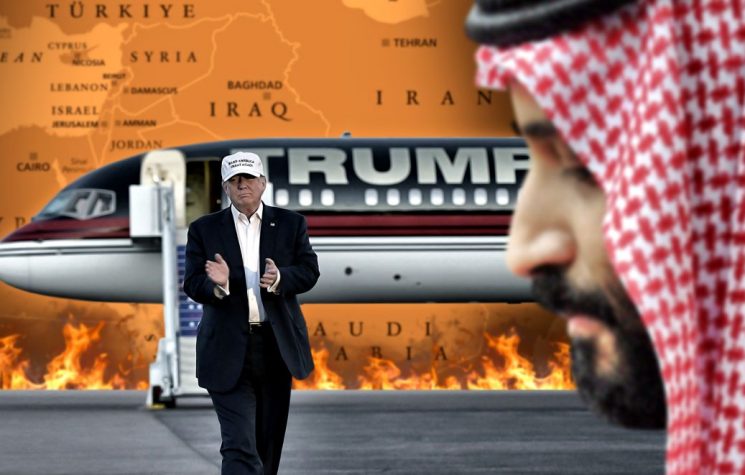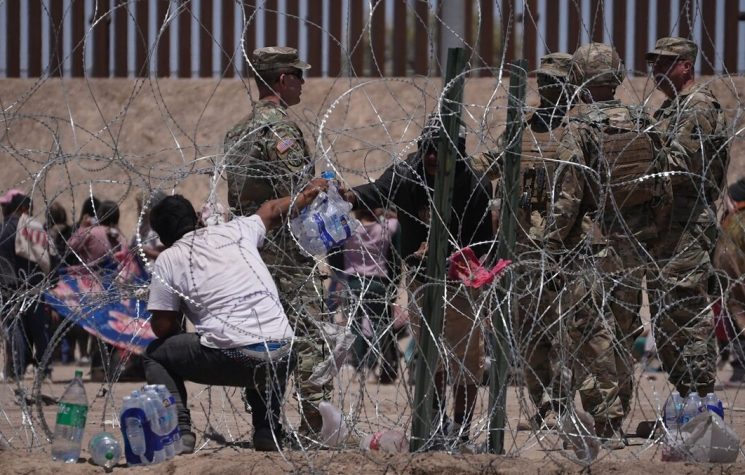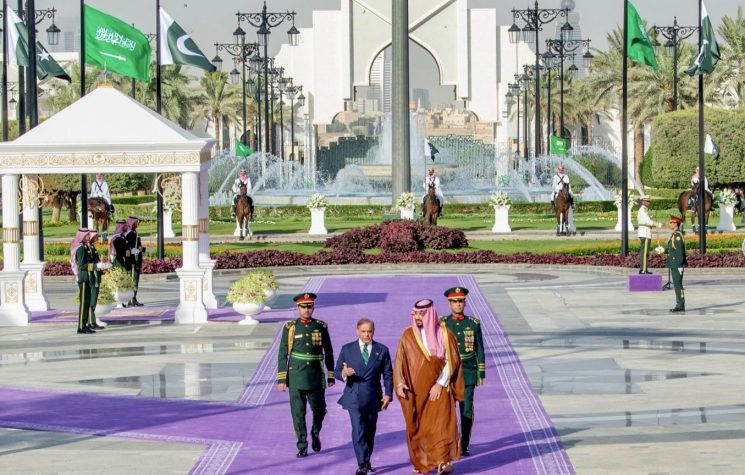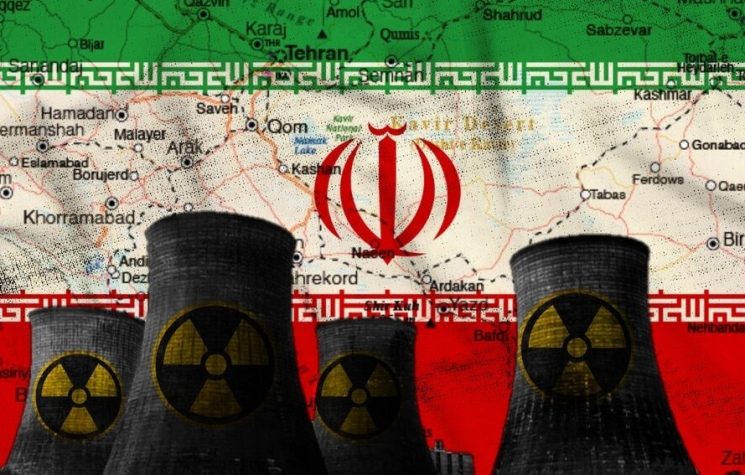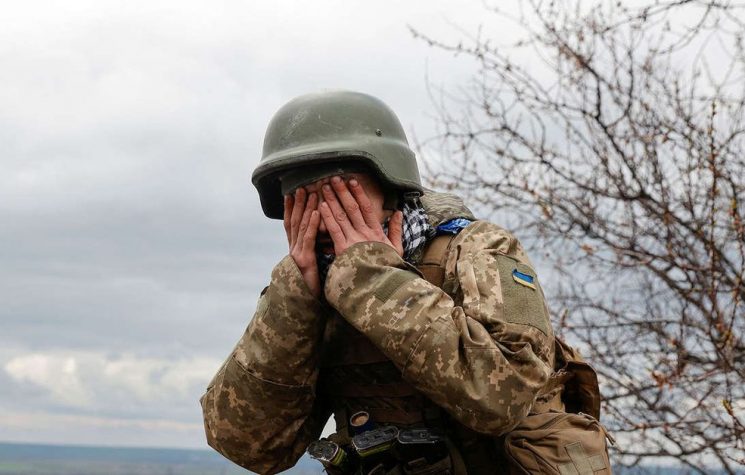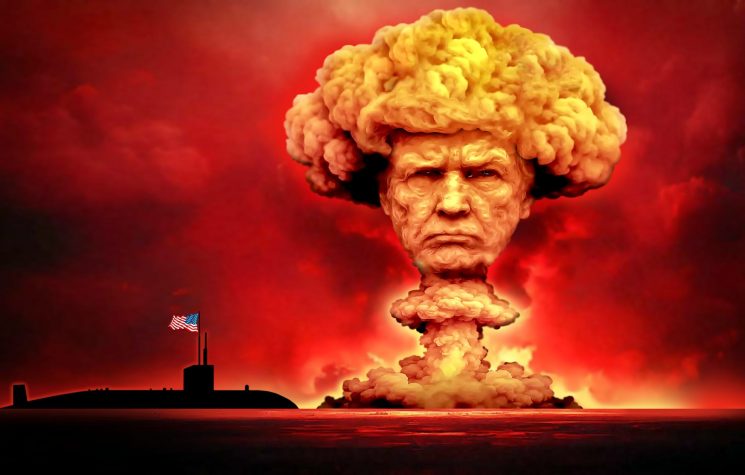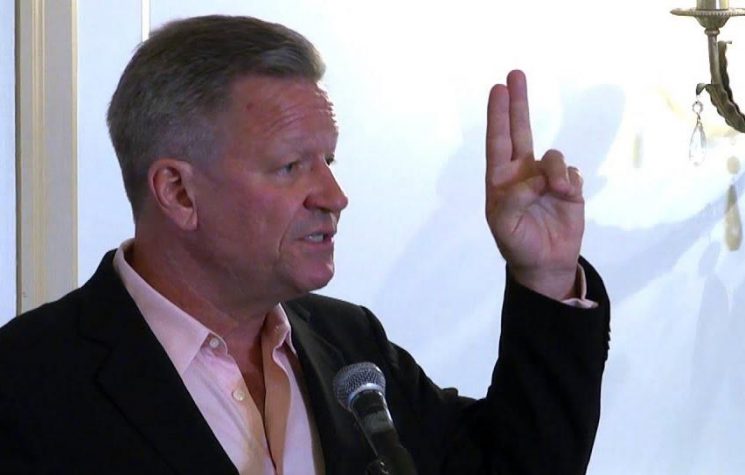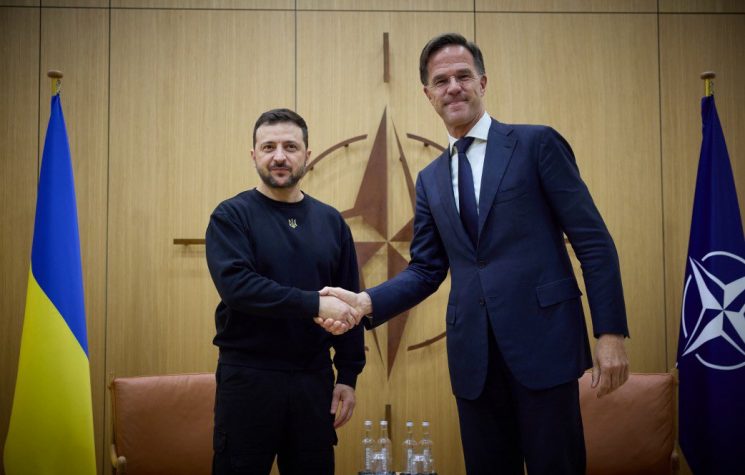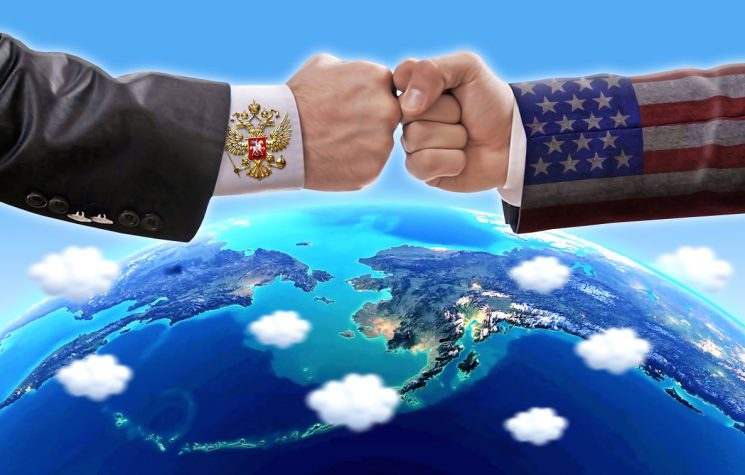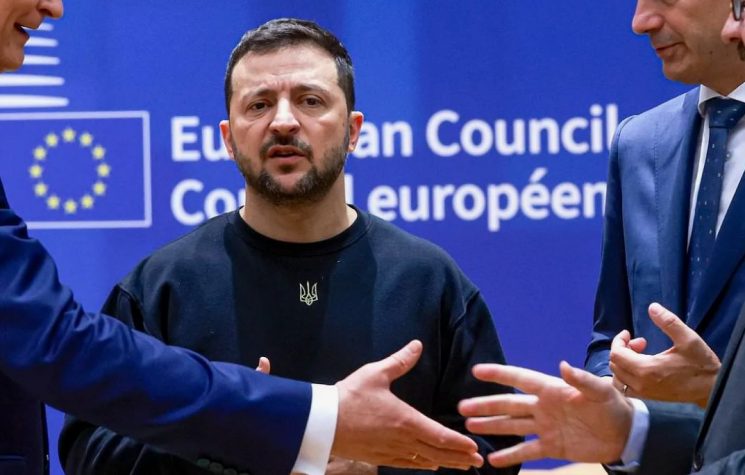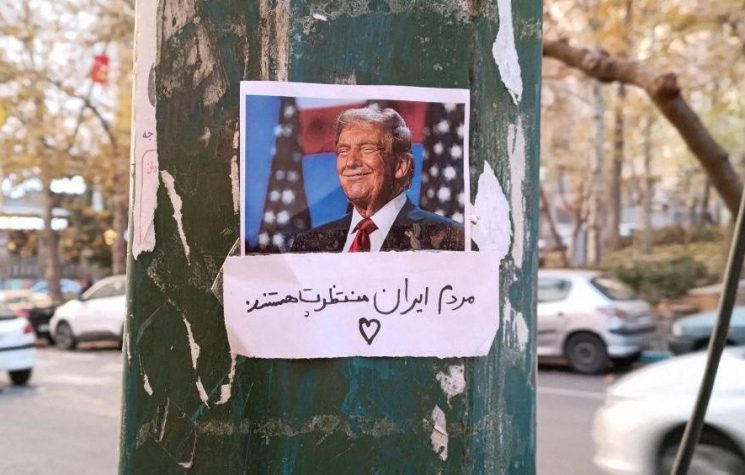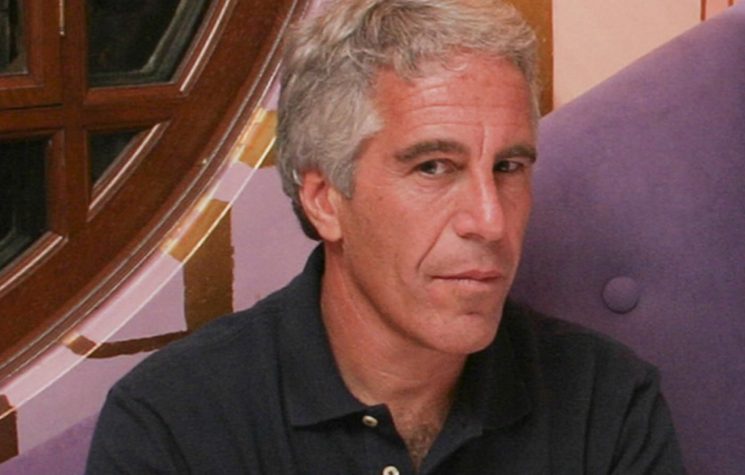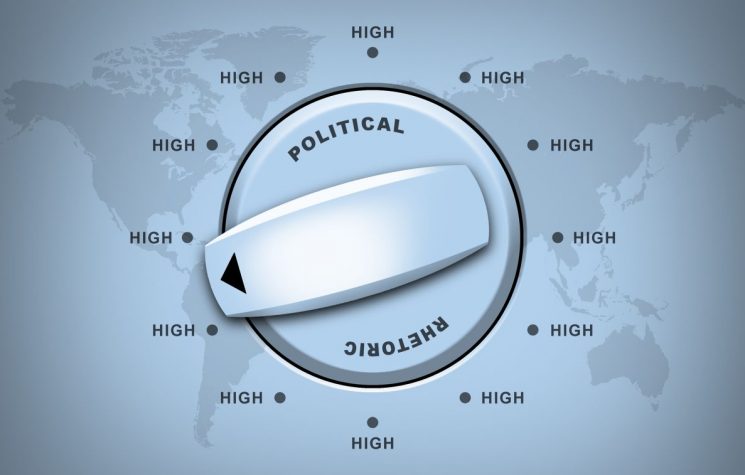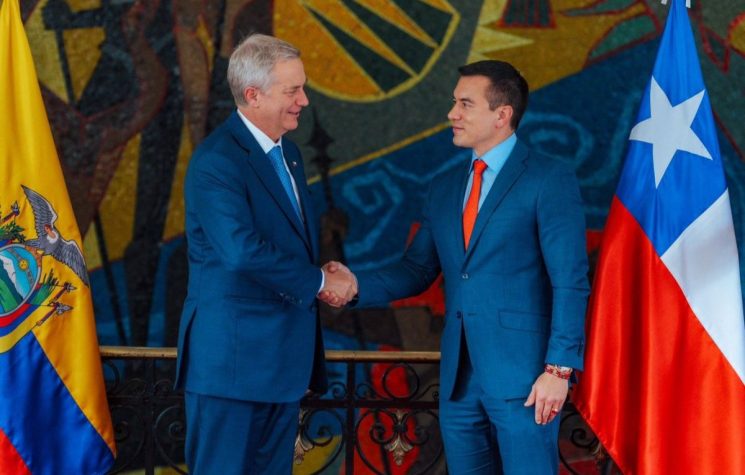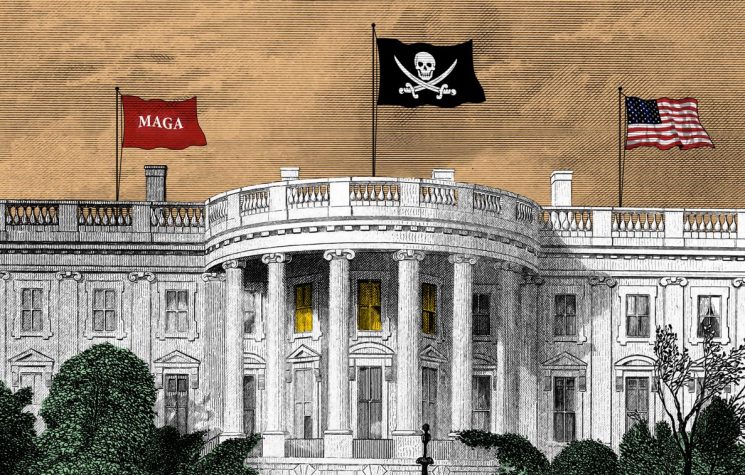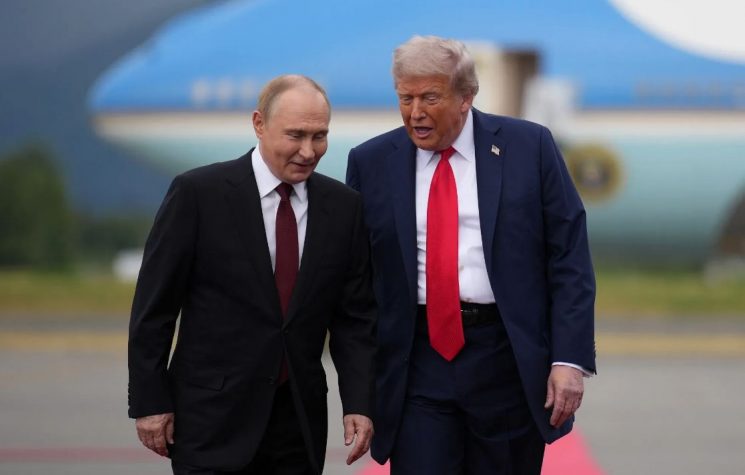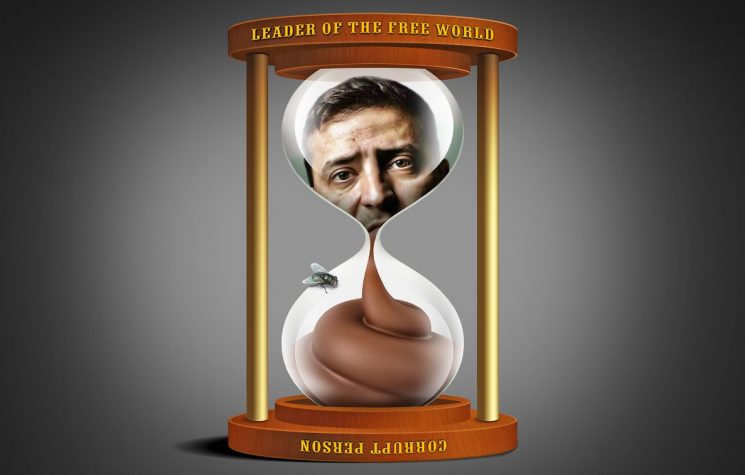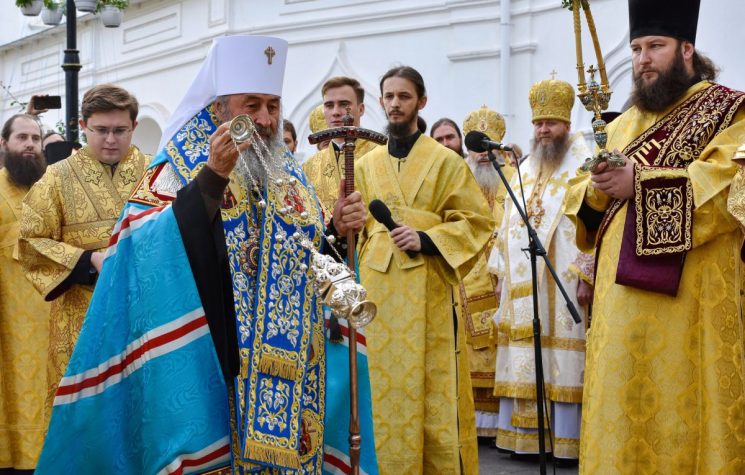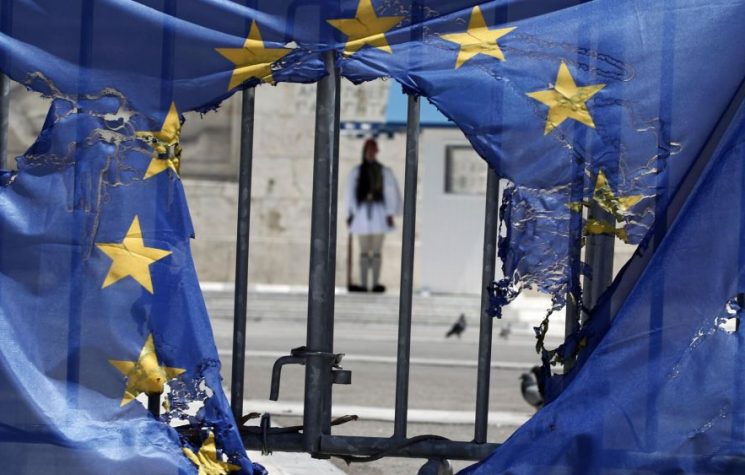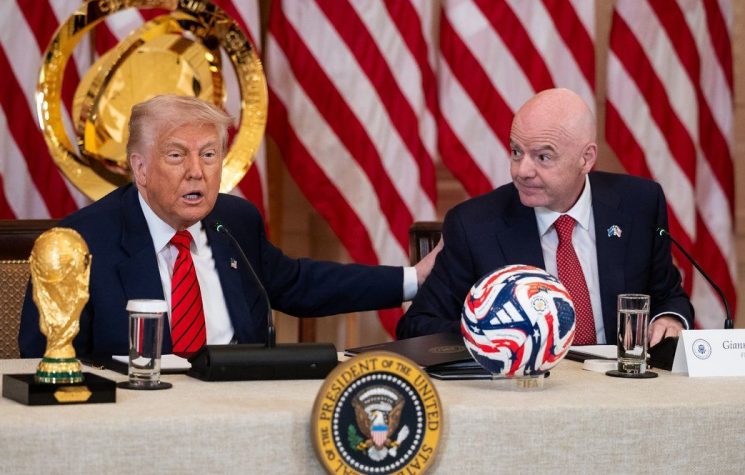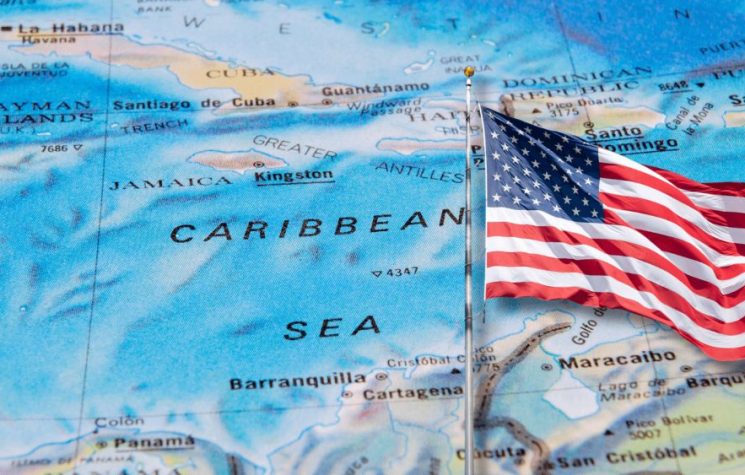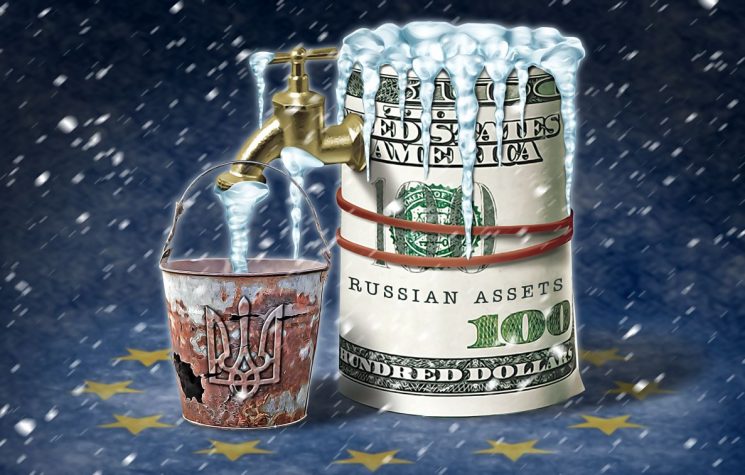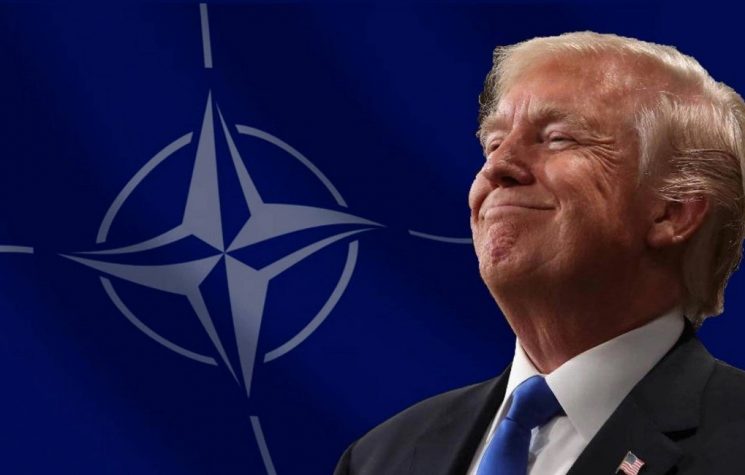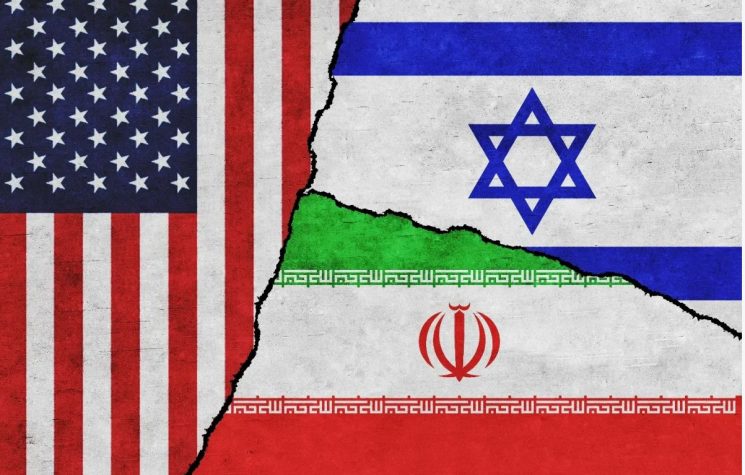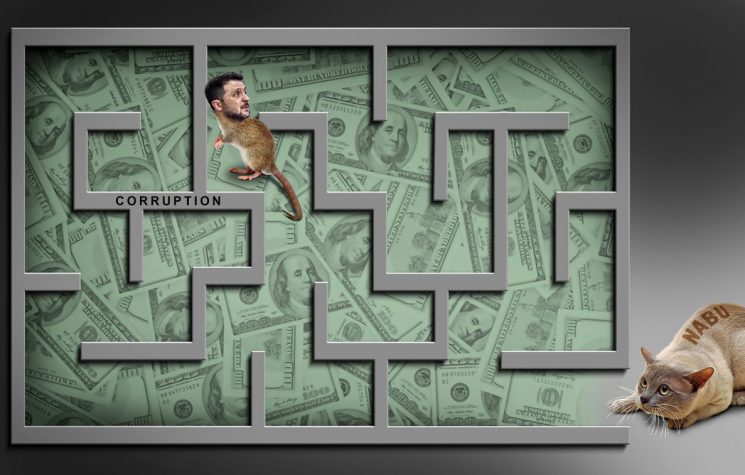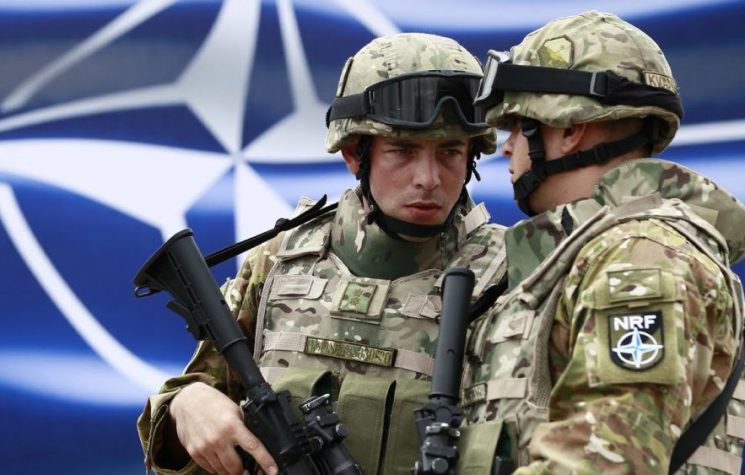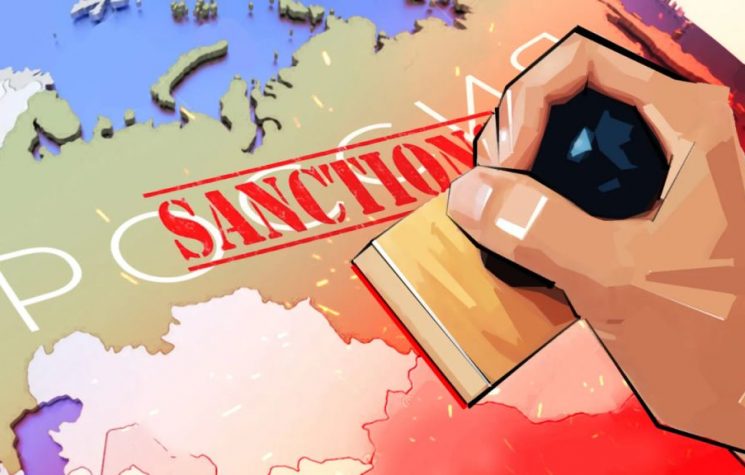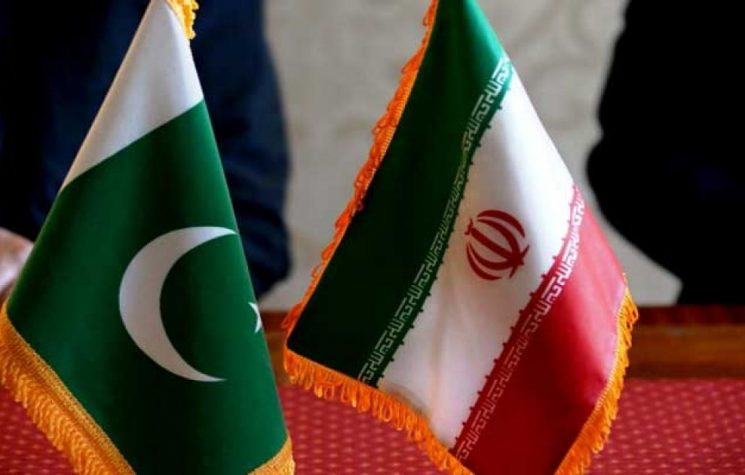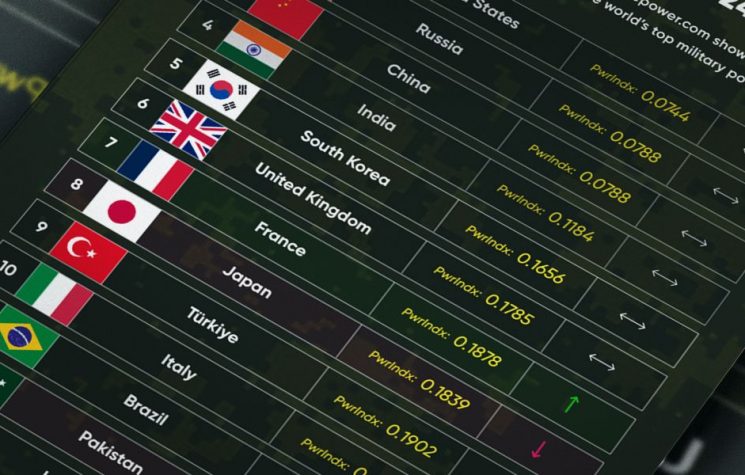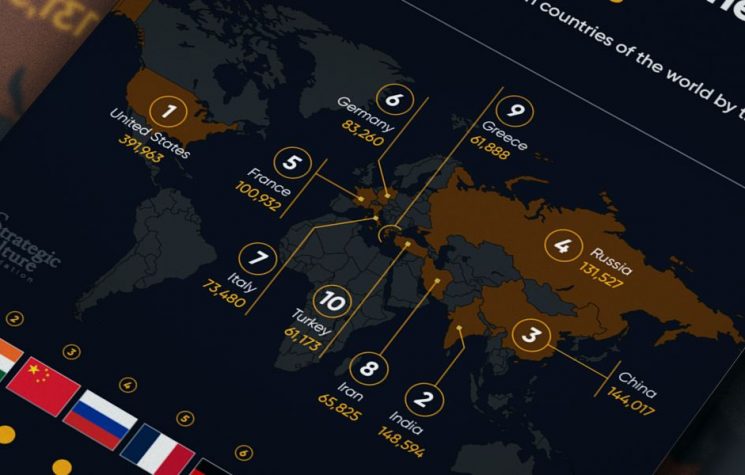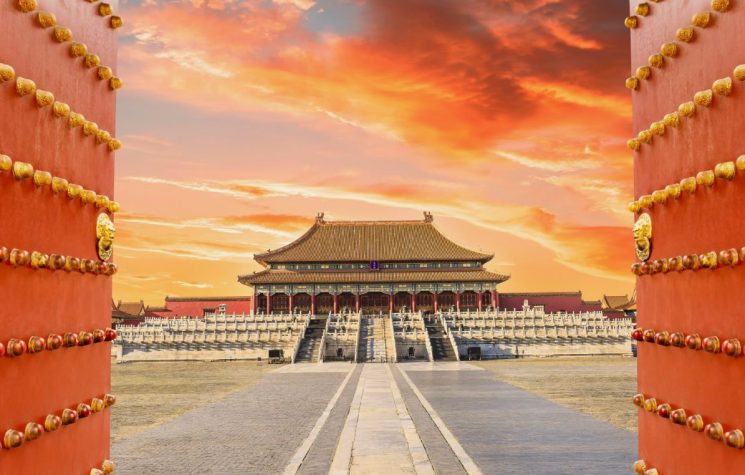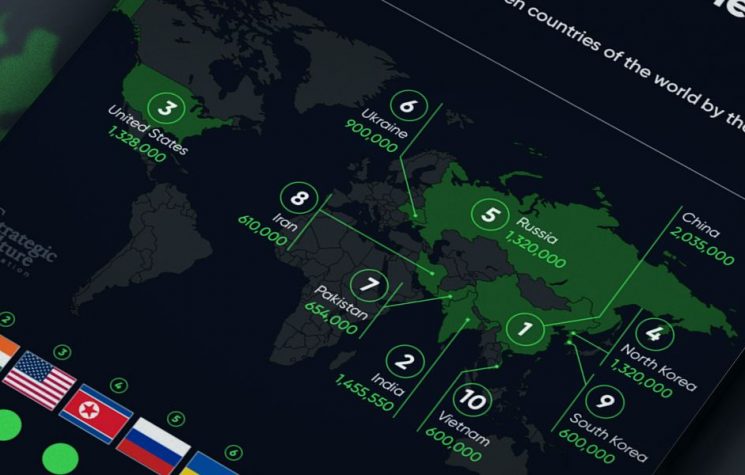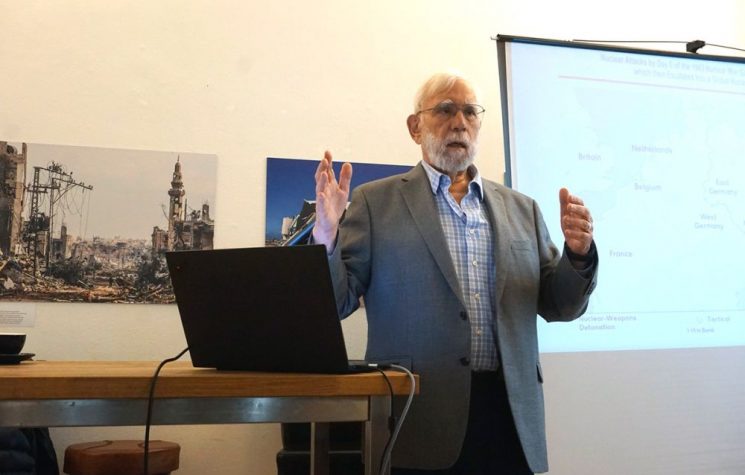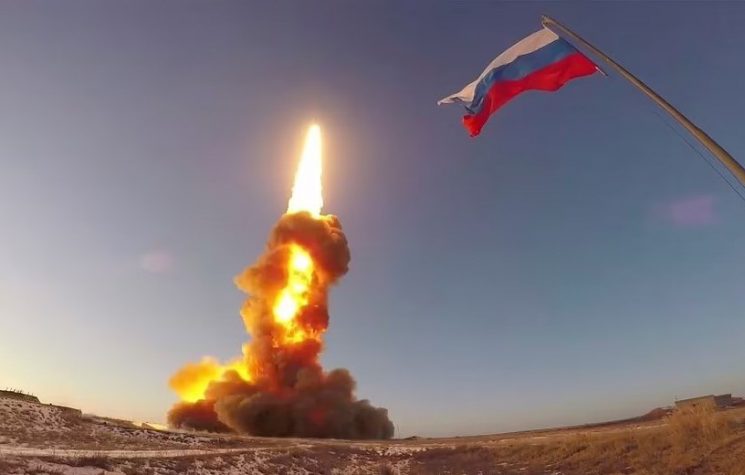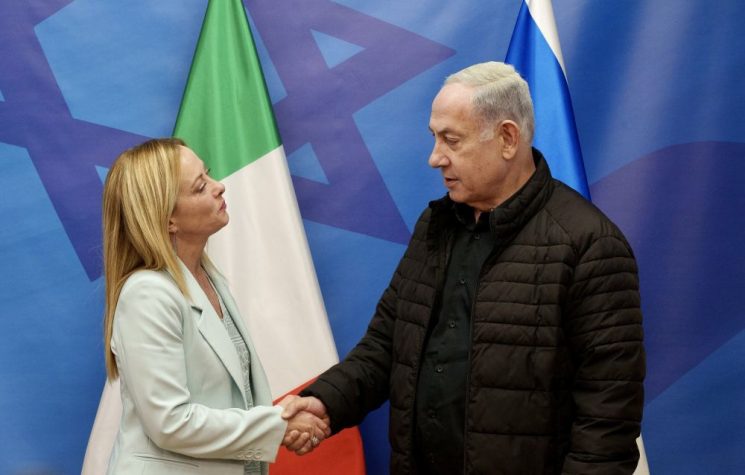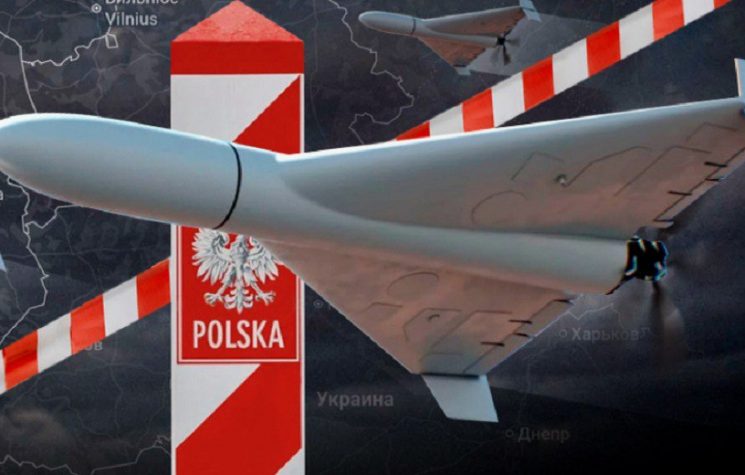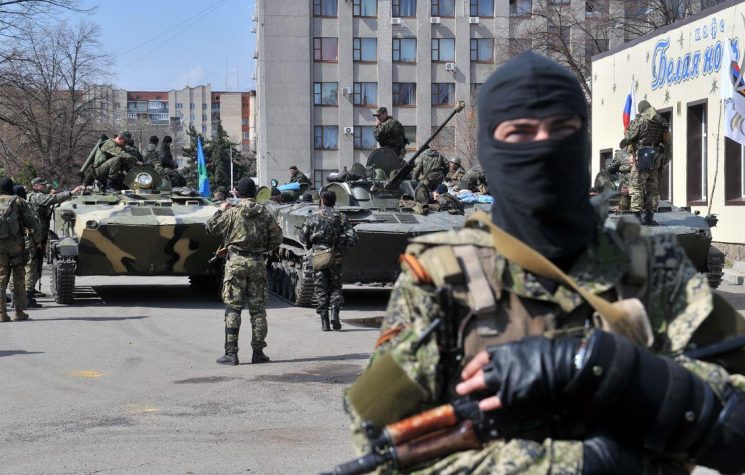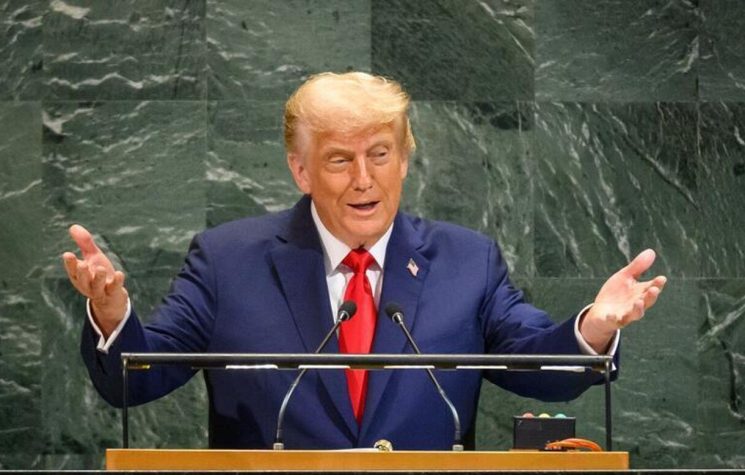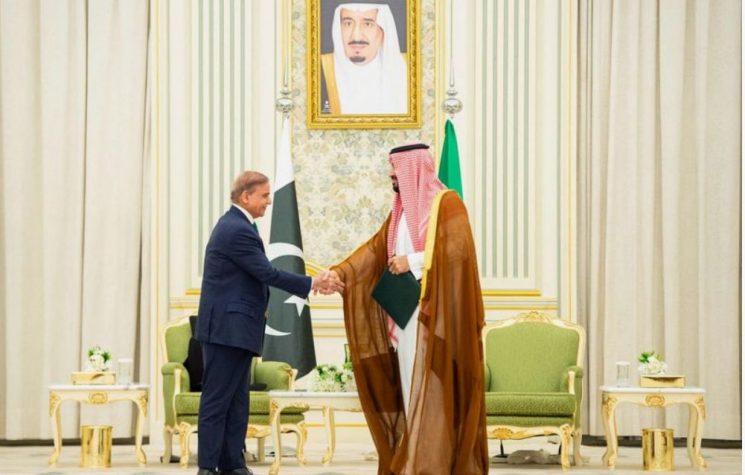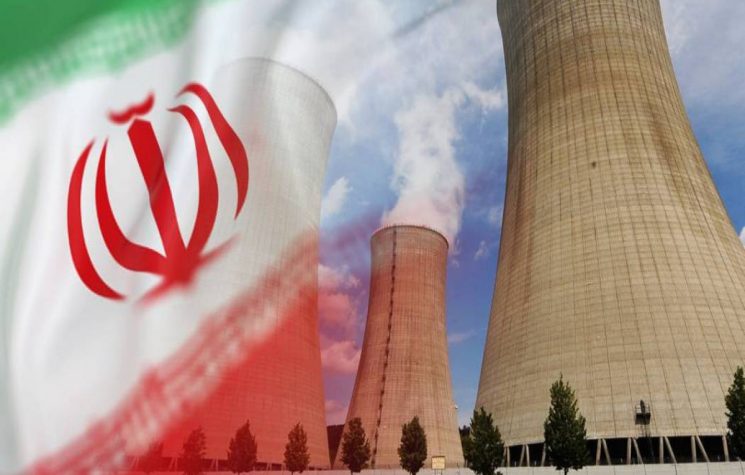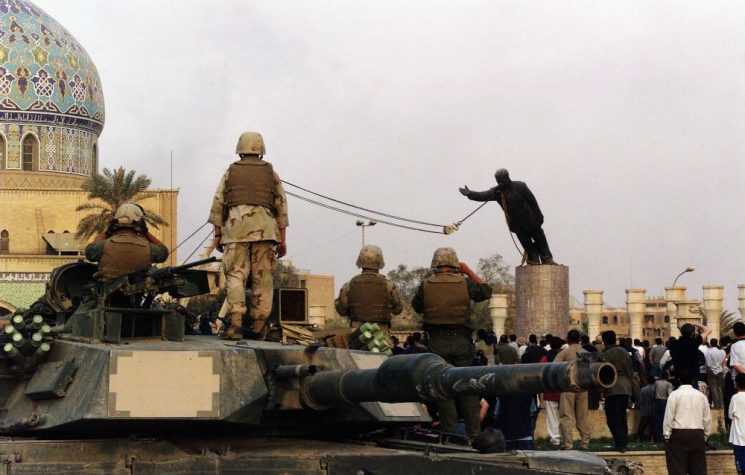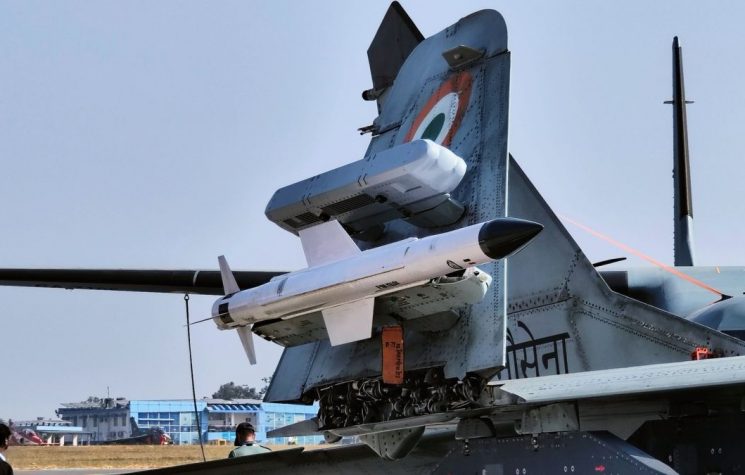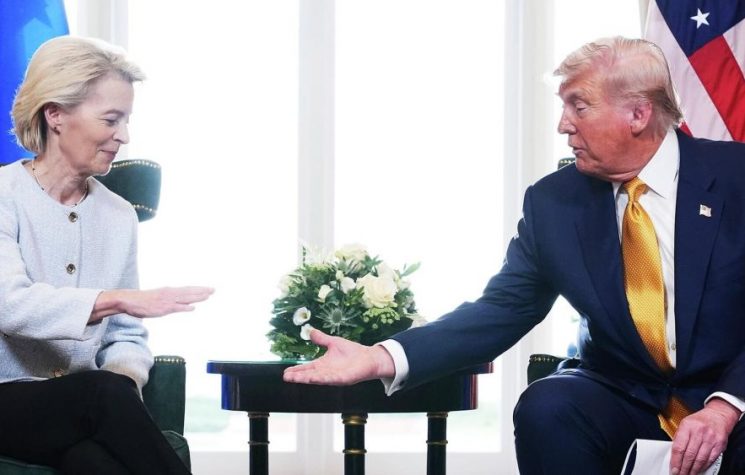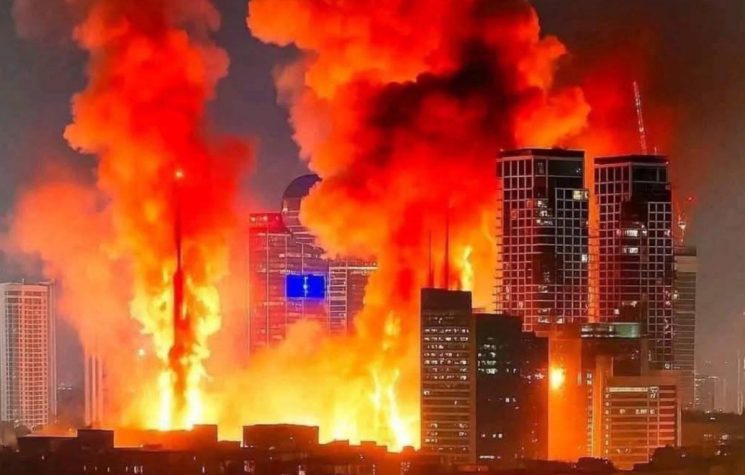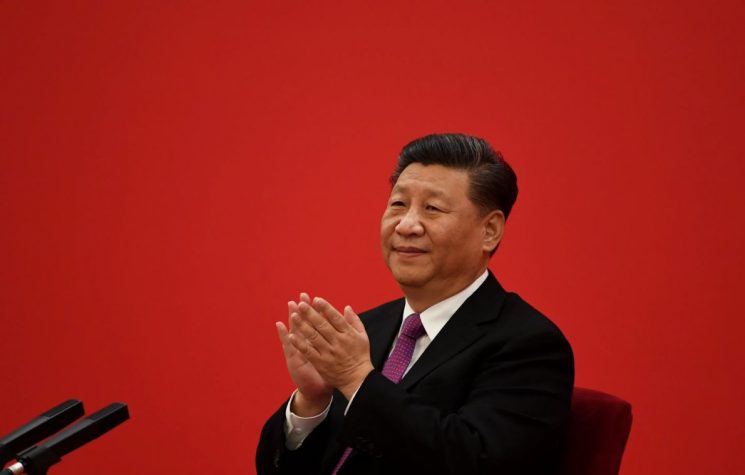Escalation with Russia is clearly on the cards (in one form or another), but Trump has also threatened to attack Iran’s nuclear sites – again.
Join us on Telegram![]() , Twitter
, Twitter![]() , and VK
, and VK![]() .
.
Contact us: info@strategic-culture.su
A U.S. President, beset by the Epstein story that refuses to lie down and die, and under pressure from domestic hawks because of a visibly collapsing Ukraine, has been letting off a blunderbuss of geo-political threats across the board: Firstly, and principally, at Russia; but secondly at Iran:
“Iran is so nasty, they’re so nasty in their statements. They got hit. We cannot allow them to have nuclear weapons. They are still talking about uranium enrichment. Who talks like that? It’s so stupid. We will not allow it.”
Escalation with Russia is clearly on the cards (in one form or another), but Trump has also threatened to attack Iran’s nuclear sites – again. Were he to do so, it would be ‘gesture politics’ entirely removed from the reality of Iran’s present circumstance.
A further strike would be presented as setting back – or finally halting – Iran’s capacity to assemble a nuclear weapon.
And that would be a lie.
Theodore Postol, Professor Emeritus of Science, Technology, and International Security at MIT, regarded as the U.S.’ leading expert on nuclear weapons and their delivery systems, however makes some counter-intuitive technical points which, when translated politically (the aim of this piece), plainly indicate that a further attack on the three nuclear sites struck by the U.S. on 22 June would be pointless.
It would be pointless in terms of Trump’s ostensible objective – yet a strike may happen anyway albeit as a piece of theatre designed to facilitate other different objectives such an attempt at “regime change” and furthering Israel’s hegemonic ambitions in the region.
Simply put, Professor Postol’s compelling argument is that Iran does not need to rebuild its previous nuclear program in order to build a bomb. That era is over. Both the U.S. and Israel believe, with good reason, Postol says, that most of Iran’s stockpile of highly enriched uranium (HEU) survived the attack and is accessible:
“The tunnels at Esfahan are deep – so deep that the United States did not even try to collapse them with the bunker busters. Assuming the material wasn’t moved, it is now sitting unsquashed in intact tunnels. Iran unblocked the entrance to one tunnel at Esfahan within a week of the strike”.
In short, the U.S. strike did not set back the Iranian programme by years. It is highly likely that most of Iran’s HEU survived the strikes, Postol estimates.
The IAEA says that Iran had, at the time of the strike, 408kg of 60% HEU. It likely was removed by Iran before the Trump strike, which Postol has said could be readily transferred on the back of a pick-up (“or even a donkey cart!”). But the point is that no one knows where that HEU is. And it almost certainly is accessible.
Professor Postol’s key argument (– he eschews drawing political implications –) is the paradox that the more highly enriched the uranium is, the easier further enrichment becomes. As a result, Iran could make do with a centrifuge facility much smaller – yes, much, much smaller than the industrial-scale plants at Fordow or Natanz (which were designed to accommodate thousands and tens of thousands of centrifuges, respectively).
Postol has drawn up the technical outline for a 174 centrifuge cascade that would require a mere 4 to 5 weeks for Iran to obtain enough weapons-grade uranium (as enriched hexafluoride gas) for one bomb. In 2023, the IAEA found uranium particles enriched to 83.7% (weapons grade). This likely was an experimental exercise to prove to themselves that they could do it when, and as, they wanted, Professor Postol suggests.
Postol’s cascade demonstration was intended to underline the point – ‘the secret story of enrichment’ – that with 60% HEU, it takes almost no enrichment effort to reach 83.7%.
What may be even more shocking to the non-technical observer, is that Postol has further demonstrated that a 174 centrifuge cascade could be fitted within a space of a mere 60 square metres – the floor space of any modest city apartment, and would require, as power input, just a few tens of kilowatts.
In short, a few such small enrichment facilities could be hidden anywhere in a vast country – needles in a big haystack. Even the conversion of the uranium to uranium metal 235 would be a ‘small size operation’ that could be done in a facility of 120 to 150 sq. m.
In another culling of the shibboleths surrounding the Iranian reality, building a spherical atomic bomb requires no more than 14 kg uranium metal 235, surrounded by a reflector. ‘It is not high tech; it’s garden shed stuff’. Just assemble the pieces; no test needed. Postol says: ‘Little Boy’ was dropped on Hiroshima. Without a lot of testing; wrong to think it needs testing.
There goes another Shibboleth! ‘We would know if Iran moved to weapons capability, because we could detect seismically any test of a weapon’.
A small Atomic bomb of this nature would weigh just 150 kg. (The warheads on some Iranian missiles launched on Israel in the course of the 12 day war, by comparison, weighed between 460 and 500 kg).
Ted Postol is careful not to spell out the political implications. Yet they are absolutely clear: There is no point to another round of bombing Fordow, Natanz and Isfahan. The bird has gone. The coops are empty.
Professor Postol, as the foremost technical expert in nuclear matters, briefs the Pentagon and Congress. He knows Director of National Intelligence, Tulsi Gabbard, and reportedly briefed her before the Trump strike on Fordow on 22 June to argue that the U.S. likely would not be able to destroy the deeply buried centrifuge hall at Fordow. (Other Pentagon reportedly officials disagreed).
We know that the U.S. did not even try to collapse the tunnels under Isfahan with the bunker busters, but contented themselves with trying to block the several tunnel entrances to Isfahan by using conventional weapons (such the aging Tomahawk missiles, launched from submarines).
To repeat the 22 June exercise would be pure Kabuki theatre devoid of any solid objective based in reality. So why might Trump still contemplate it? He told reporters during his recent Scottish visit that Iran has been sending out “nasty signals” and any effort to restart its nuclear program would be immediately quashed:
“We wiped out their nuclear possibilities. They can start again. If they do, we’ll wipe it out faster than you can wave your finger at it”.
There are several possibilities: Trump may hope that a further attack might finally – in his and others’ estimation – prompt the Iranian government to fall. He may too instinctively shy away from kinetic escalation against Russia, fearing the conflict might spin out of control. And subsequently might conclude that he could, the more easily, spin an attack on Iran as showcasing U.S. ‘strength’ – i.e. spin it, irrespective of truth, as another “obliterated” claim.
Finally, he might think to do it, believing Israel desperately wants and needs it.
The last seems the more likely motivation. However, the biggest game-changer of the present geo-strategic era has been the revolution in terms of accuracy of Russian and Iranian ballistics and hypersonics, that precisely destroy a target with negligible collateral damage – and which the West basically can’t stop.
This changes the entire geo-strategic calculus – especially for Israel. A further attack on Iran, far from benefitting Israel, might unleash a devastating Iranian missile riposte on Israel.
The rest – Trump’s narratives – are Kabuki theatre: A Potemkin simulacrum of supporting Israel, whilst the true underlying objective is to collapse and Balkanise Iran – and weaken Russia.
An Israeli Colonel told Netanyahu (Postol relates) that by attacking Iran ‘we’ll likely have a weapons state on our hands’. Tulsi Gabbard likely told Trump the same.
Professor Postol concurs. Iran must be viewed as an undeclared nuclear weapons State, albeit one with its exact status carefully obfuscated.










